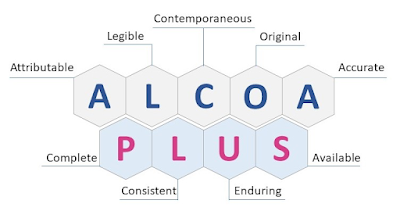Traditional pharmaceutical manufacturing is a complex process that involves applying multiple labels on containers to understand their status at any given point in time.
A label is applied on every material that comes in, which is subsequently replaced or additional labels applied at every stage of operations. The label affixed usually displays details of the type of material, the stage in which it is at, its approval status, the users handling it, timestamps, etc.
Once the item moves from one stage to another, a fresh label is applied to it, showing all pertinent details of the current stage.
The use of multiple labels at every stage, however, poses a bunch of problems. Here are some common problems with the multiple label approach:
Illegibility: The details are usually handwritten, so legibility is sometimes an issue. There might be occasions where what is written on a label is not clear, in which case, there is a lot of back and forth to cross-check the details.
Human error: Since the labels are manually entered and placed, there is always a chance of human error such as incorrect entries, missing entries/signatures, affixing wrong labels on a container, and even missing labels altogether at times, which can cause several drastic issues down the line.
High printing costs: At each new stage, a fresh label has to be printed for a set of containers. Now, at any given point in time, there might be hundreds of such items for which new labels are to be printed for each stage. That becomes cumbersome and involves lots of labels to be printed and increased usage of stationery and driving up printing costs.
The effort involved: In a traditional setup, the responsible person has to go to a printing station, get a fresh label printed, contents of which are to be verified by the person who prints, get a doer-and-checker sign-off, and apply them on each of the containers. And this process is repeated every time the status of the material changes (quarantine to sample test to release/rejected). Moreover, in a multiple-label setup, extra effort is needed in color coding the labels and ensuring the availability of ample stationery. It also entails locating the containers in the warehouse and bringing down containers placed at a height, applying labels and placing them back at times. This complicates the workflow, as there is a tremendous amount of effort required. For more details visit https://www.pharmision.barcodeindia.com/blogs/single-label-replacing-traditional-methods-using-barcode-technology/










